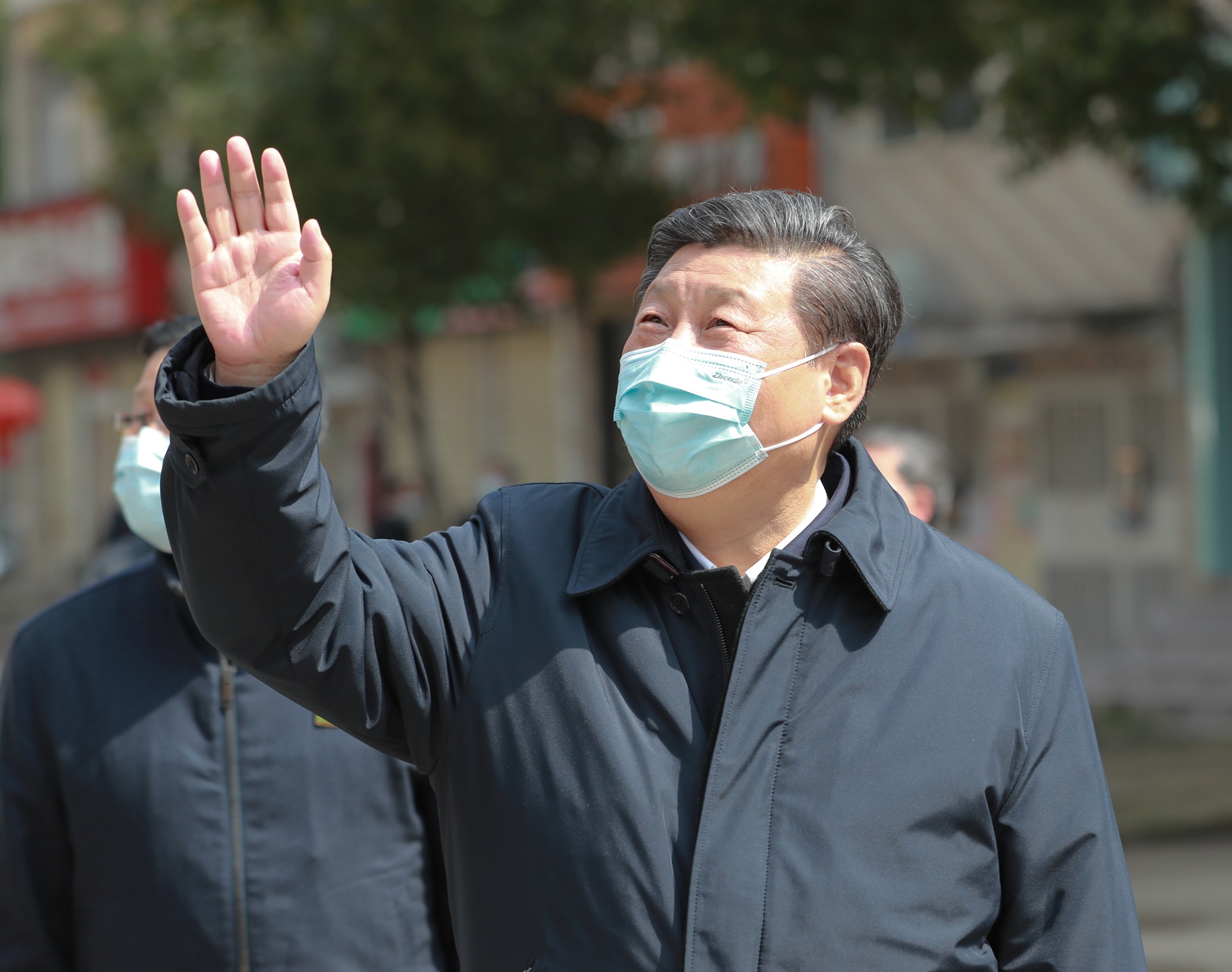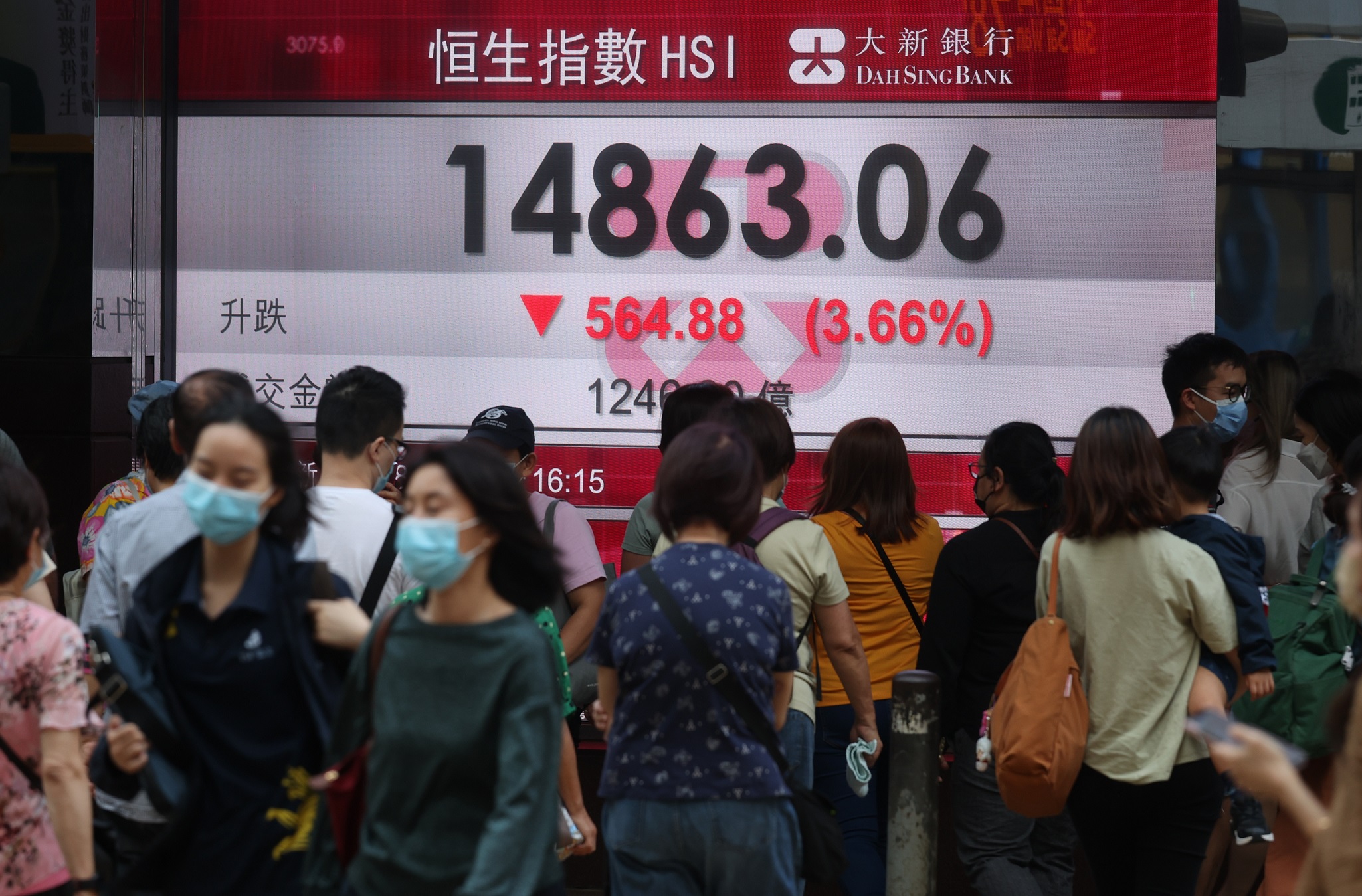Publications
INSS Insight No. 1669, December 14, 2022
Recent weeks have seen numerous reports about protests in China against the strict “zero-COVID” policy and in some cases, even against the regime itself. In tandem, speculations arise regarding the nature of the protests, accompanied, perhaps, by a touch of the various authors’ wishful thinking. It is therefore important to clarify: the protests do not constitute a clear and present danger to the government, and for the most part are not calling for its overthrow. The frequent comparisons to the events of Tianenman Square in 1989 are fundamentally baseless, certainly at this stage.
The strict Chinese “zero-COVID” policy has been successful in keeping the majority of the country relatively open most of the time since the start of 2020, even when most of the world was groaning under lockdown, and therefore also led to quick economic recovery. The Chinese people acknowledge this. But over a long period the policy became a double-edged sword and China faces significant challenges, some created by the “zero-COVID” policy, while others that were developing for decades accelerated or came to the surface in this context.
This article focuses on the main aspect that for some time has been worrying the Chinese leadership and population: the economy. What, then, are the economic effects of the “zero-COVID” policy practiced by China for almost three years?
- Repeated lockdowns, particularly in areas of eastern and southeastern China – the heartland of Chinese manufacturing and commerce – mean instability for factories and companies, problems for employers, less production, closure of factories / companies, and fewer long-term investments.
- From there it is just a short leap to a drop in household income and fears of growing unemployment, which rose during the pandemic. Unemployment is particularly damaging for people aged 18-24, of whom about 20 percent are unemployed (the overall unemployment rate in China, for which the figures are disputed, also increased, to slightly over 6 percent). In the background is the increasing regulation by the Chinese regime of the country’s technological giants, which is seen by some as an attempt to limit their power for political, ideological, or economic reasons. The employment situation in this industry, which attracts the younger generation in China, is also declining.
- Consequently, consumption is also falling, as citizens prefer to save their money for harder times, which appear apt to appear at any moment. In May 2020 China announced its “dual circulation” policy, whereby economic growth should be based on both exports and domestic consumption. This policy is currently suffering from a severe double blow – links to the world are unstable and local consumption is struggling.

- China’s foreign tourism is almost non-existent, and the dominant internal tourism market is also in trouble, despite some instances of growth, since people are reluctant to leave the area where they live and find themselves caught in a lockdown in another area. In 2019, before the pandemic, tourism accounted for over 11 percent of China’s GDP, so this is not a minor issue.
- Lockdowns or restrictions on travel in China have damaged local supply chains. This has considerable impact on both production facilities and on domestic consumption and exports, and has exacted a heavy price on internal tourism. Restrictions on travel between different areas also have an effect on migrant workers within China – such internal migration is estimated to involve some two hundred to three hundred million people (mainly, although not only, from villages to cities). The limitation of migrant workers, which causes problems in moving to a new job, switching work places or returning home, is likely to result in further unemployment.
- The damage to the real estate sector, which has been problematic for a long time, has intensified. This is a critical sector, which (together with industries dependent on it) accounts for about a quarter of China’s GDP. All the foregoing problems mean that real estate companies, which even before the pandemic faced major challenges, encounter growing difficulties. The troubles of the Evergrande Group are well known, but it is not alone, and other large companies have gone bankrupt and collapsed in the last two years, leaving cumulative debts amounting to hundreds of billions of dollars. For the ordinary citizen, this means unfinished construction of apartments, for example, plus a general fear of housing purchases, as well as growing unemployment and written-off debts.
- All these reflect a decrease in GDP growth, a rise in the national debt (and a worsening debt-to-GDP ratio), increasing numbers of bad loans and greater risk in the economy. These have consequences for China’s relations with the world, for example, fluctuations in exports and imports, strained supply chains, volatile foreign investment, and more. And of course there are also socio-political implications, with public trust undermined, leading in due course to protests.
The Chinese government is not standing idly by, but trying to deal with the challenges on economic and policy levels, including:
- The injection of tens of billions of dollars into the market, particularly the real estate sector – both through loans and assistance to real estate companies – to ensure that they complete buildings and deliver the apartments to buyers, and through loans and payment postpoment to individual buyers.
- Reduced demands on banks for reserve ratios to a level of 7.8 percent (almost 10 percent less than the demand a while back); this move allows banks to infuse more money into the market, creating more liquidity and increasing debts owed to the banks. Of course this also has the effect of increasing financial risk, particularly by the potential creation of further written-off loans.
- “Optimization of zero-COVID policy”: In recent weeks there has been a change of direction in the zero-COVID policy, called “optimization.” Under this heading a number of relief measures were introduced, from reducing the number of days of isolation for verified cases, through definitions of exposure to the disease requiring isolation, to easing of movement between different parts of the country. The new policy began with announcements after the National Party Congress in October, and was declared officially in mid-November. However, the rising volume of infections and activity at the local level, which perhaps has not always been in sync with the central government, means that the actual changes have been delayed. Recent signs show evidence of an attempt to advance the new direction, but the degree and pace of change are still vague. Uncertainty over the official guidelines has added to unrest in recent weeks.
- Recently the central government and local governments (with regional variations) announced economic support (such as tax reductions for individuals and/or companies).
- It appears that there has also been some softening in China’s foreign relations, and the Chinese President recently left the country for the first time since the start of the pandemic. In September he traveled to central Asia, in the context of the Shanghai Cooperation Organization (SCO), and then to southeast Asia to the G20 summit in Indonesia, where he met with a variety of Western leaders, including the US President, and to the APEC Conference in Thailand. Most recently he visited Saudi Arabia. In these travels, the President has indicated a certain moderation regarding China’s relations with the world, particularly the United States. Whether this is a genuine trend or just a few flickers, only time will tell.
The Chinese governemnt is thus trying to send a message of confidence, to explain the importance of “optimization” of the zero-COVID policy and the continued taking of precise, specific action. The government media assert that in fact this policy is a concrete example of the importance attached by the President and the party as a whole to the idea of “the people above all,” as a way of saving lives, and the only “scientific” means, as they call it, of dealing with COVID. Only recently, the President defined the policy as “the people’s war” – a phrase often used in the days of Mao – and a government flagship policy.
However, the introduction of the new “optimization” policy in one thrust is very problematic. The difficulty lies not only in considerations of image or politics: although 90 percent of the population have been vaccinated, for the vast majority the vaccination is likely no longer effective, the more so since they have the Chinese vaccine, whose effectiveness is in doubt; a third of the most vulnerable segment of the population (aged 80+) were not vaccinated at all; and the state of the health system in the case of mass infection is highly dubious, with about four intensive care beds per 100,000 persons, considerably less than the situation in large Western countries such as the United States or Germany. However, if the government embarks quickly on a wide vaccination campaign, perhaps with other types of the vaccine, within a few months this trend could be reversed. In any case the government’s intention was and remains to change the zero-COVID policy in the coming weeks. China has already announced a series of relief measures, mostly in line with the idea of “optimization,” for immediate implementation, but since many of these measures are defined vaguely and subject to interpretation by local authorities, it is hard to know what they will actually entail. The government’s current declaration of massive encouragement for vaccination is too late, and together with general winter ailments, it is not clear when its efficacy will become apparent.
In conclusion, in the early days of the pandemic in China, and particularly in January and early February 2020, there were numerous accounts of protest. The case of Dr. Li Wenliang, who died after he warned about the outbreak and was silenced, and whose treatment by the government sparked protests, is one of the most striking. The Western press, then as now, regularly mentioned the events of Tianenmen Square. About a month after his death, when there was a significant improvement in the COVID situation in China, together with a serious deterioration in other parts of the world, the same government was already perceived differently in China, and the criticism was quickly replaced by songs of praise. However, the central problems and challenges for China, which are largely linked to how the government sees its economy in the broadest sense, have not disappeared.
These challenges have existed for many years, and COVID-19 has only intensified or exposed some of them. The government will have to continue responding to the challenges, and do so effectively. In this context, the regime’s foreign policy and relations with the world, especially the United States and in particular the technological component of their relations, will be highly important. There are other implications for China’s international initiatives, mainly throughout Eurasia, and for China’s relations with its main energy providers in the Middle East and with Russia. It is possible that the experience of Israel, small as it may be compared to China, in dealing with the transitional stage of “living with COVID,” including its scientific capabilities in this context, could offer an opportunity for strengthening ties with China on a subject that is not controversial – as long as this is done modestly and quietly.



